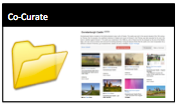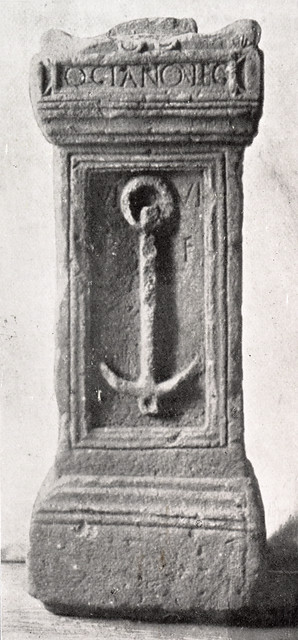Topics > Historical Periods > Roman Period (43 to 409 AD) > Romano-British
Romano-British
In Cumbria and Northumberland several distinctive types of native settlements dating to the Roman period have been identified. The majority were small, non- defensive, enclosed homesteads or farms. In many areas they were of stone construction, although in the coastal lowlands timber-built variants were also common. In much of Northumberland, especially in the Cheviots, the enclosures were curvilinear in form. Further south a rectangular form was more common. Elsewhere, especially near the Scottish border, another type occurs where the settlement enclosure was `scooped' into the hillslope. Frequently the enclosures reveal a regularity and similarity of internal layout. The standard layout included one or more stone round-houses situated towards the rear of the enclosure, facing the single entranceway. In front of the houses were pathways and small enclosed yards. Homesteads normally had only one or two houses, but larger enclosures could contain as many as six. At some sites the settlement appears to have grown, often with houses spilling out of the main enclosure and clustered around it. At these sites up to 30 houses may be found. In the Cumbrian uplands the settlements were of less regimented form and unenclosed clusters of houses of broadly contemporary date are also known.
Historic England
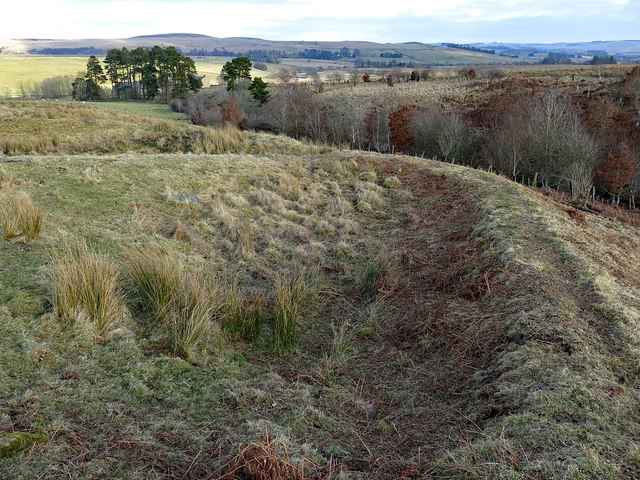
Co-Curate Page
Romano-British farmstead, west of Rattenraw
- Overview Map The remains of a Romano-British farmstead are situated on a south facing slope above Rattenraw Burn, located about 330m west of Rattenraw (farm). The remains are relatively well-preserved …
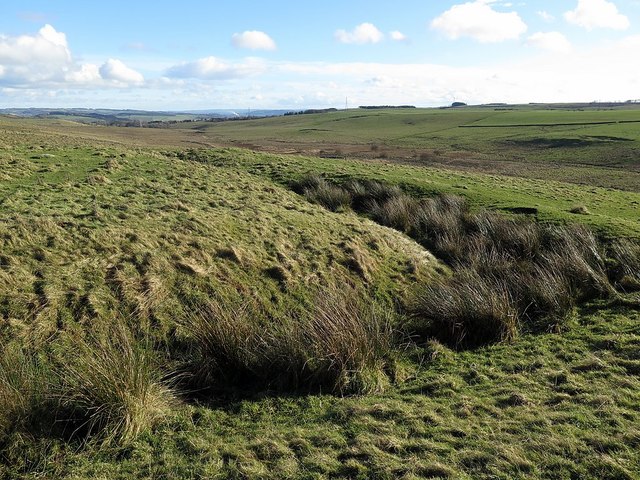
Co-Curate Page
West Howden Hill Romano-British settlement
- On Howden Hill, near Grindon, are the remains of a native British settlement from the Roman period. This was a rectangular enclosure with a defensive ditch.[1]
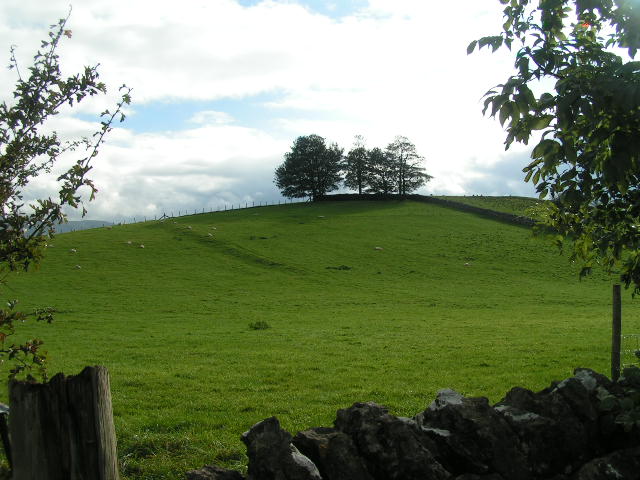
Co-Curate Page
Waitby Castle (Romano-British settlement)
- Overview Map Castle Hill is located about ¼ mile east of the village of Waitby and 1 mile west of Kirkby Stephen. Waitby Castle is an oval-shaped Romano-British hilltop enclosure situated …


Co-Curate Page
Romano-British farmstead, west of Rattenraw
- Overview Map The remains of a Romano-British farmstead are situated on a south facing slope above Rattenraw Burn, located about 330m west of Rattenraw (farm). The remains are relatively well-preserved …

Co-Curate Page
West Howden Hill Romano-British settlement
- On Howden Hill, near Grindon, are the remains of a native British settlement from the Roman period. This was a rectangular enclosure with a defensive ditch.[1]

